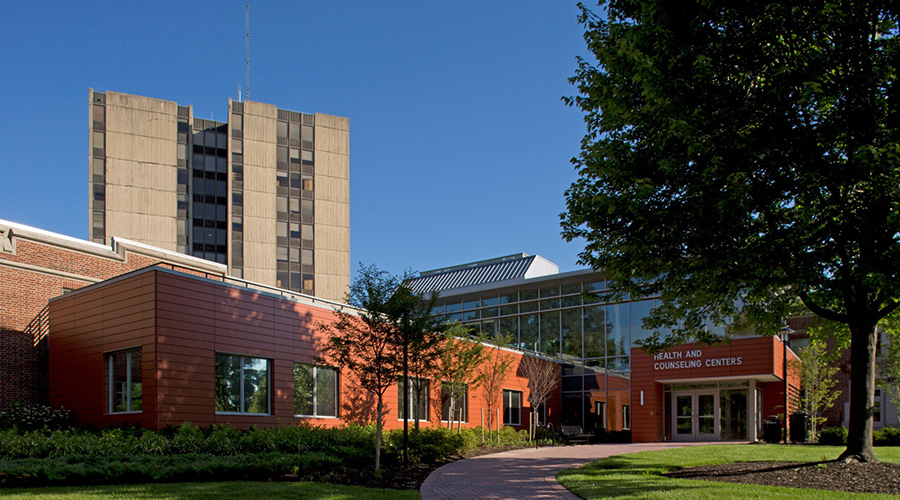LEED-EBOM Purchasing Credits Are Recurring Challenge In Multi-Tenant Facilities
While every facility is different, every tenant is different and every LEED-EBOM project is different, there's one particular challenge in multi-tenant facilities that is a recurring theme: The purchasing credits, which award points based on sustainable practices in purchasing ongoing consumables (e.g., paper, office supplies), electric-powered equipment, furniture, and materials used in facility alterations and additions, as well as the amount of mercury used in lamps and food.
LEED-EBOM requires the property management team to have a sustainable purchasing policy for everything that team can control. To get points beyond that, property managers have to get tenants involved. And that's where things get tough.
"You have to capture 90 percent of the purchases for all the occupants in the building, and [tenants are] just not going to share that information," says Gary Thomas, director of sustainability programs, CBRE, who has been involved in more than 160 LEED-EBOM certifications in multi-tenant facilities. He says that proprietary purchasing contracts and other factors make gathering that information difficult.
"Usually in a multi-tenanted building, I can't run away from those points fast enough," says Craig Sheehy, president and CEO, Envision Realty Services, a LEED consulting firm.
Both Sheehy and Thomas point out that this credit can be a tough nut to crack in single-tenant or owner-occupied space as well, especially in large corporate settings where multiple departments have their own purchasing authority. But it is a bigger hurdle in multi-tenant facilities. Often times, those points are simply out of reach, as are points that require surveying building occupants on things such as alternative commuting and occupant comfort.
The good news is that these are not deal breakers for certification. All told, Thomas points out, roughly 25 percent of points require occupant participation. "It's a pretty good-sized number," he says, "but at the same time, there's enough outside of that that you really don't need the tenants to participate or have much involvement in. A well-run, high-quality building — energy efficient, good water efficiency — those buildings are going to get certified almost regardless of the tenant participation."
Related Topics:
















